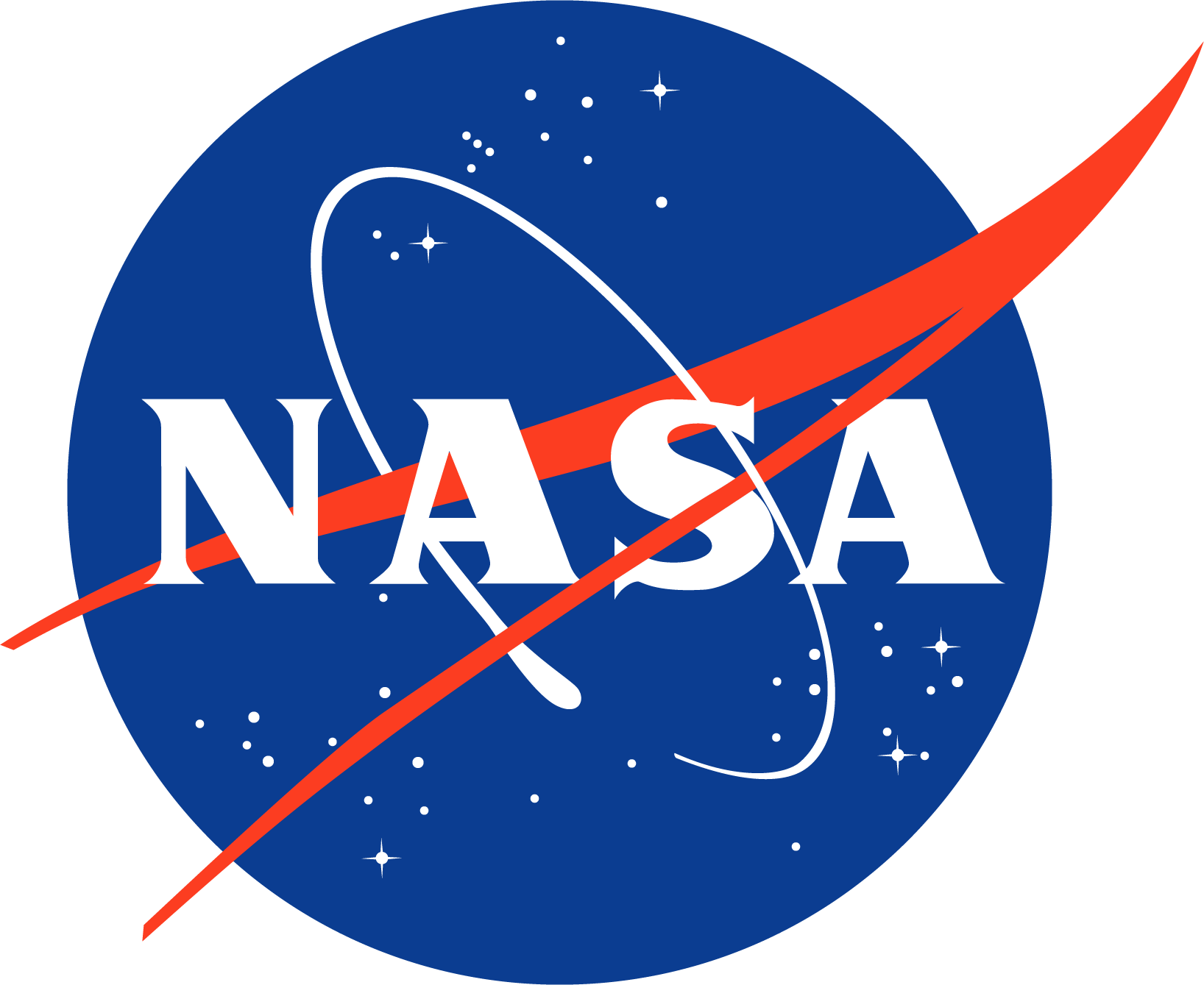Research Areas
Jump:
AOP Laboratories and IOP Laboratory
Calibration/Validation Course Partnership
Field Support Group/HPLC Chemistry Laboratory
Novel Data Analysis Development
Ocean Biogeochemistry Laboratory
Ocean Biogeochemical Modeling
Ocean Field Work
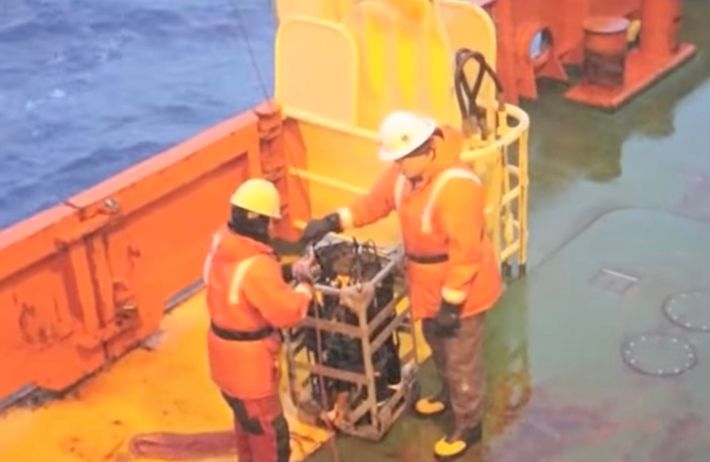
AOP Laboratories and IOP Laboratory
There are two laboratories in Building 28, a calibration lab and an instrument support lab, both of which are co-located with the OBPG. The calibration lab (567 sq. ft.) consists of three areas, a section with three optical benches for optical measurements with black walls and drapes, a foyer or staging area with one optical bench, and a storage room. The instrument support lab (230 sq. ft.) is primarily for staging and storing equipment needed for field deployments. A portable lab sits outside the building, and has power for air conditioning, computers and other equipment. The portable lab was used extensively in the past, e.g., several Atlantic Meridional Transect cruises in the 1990s.
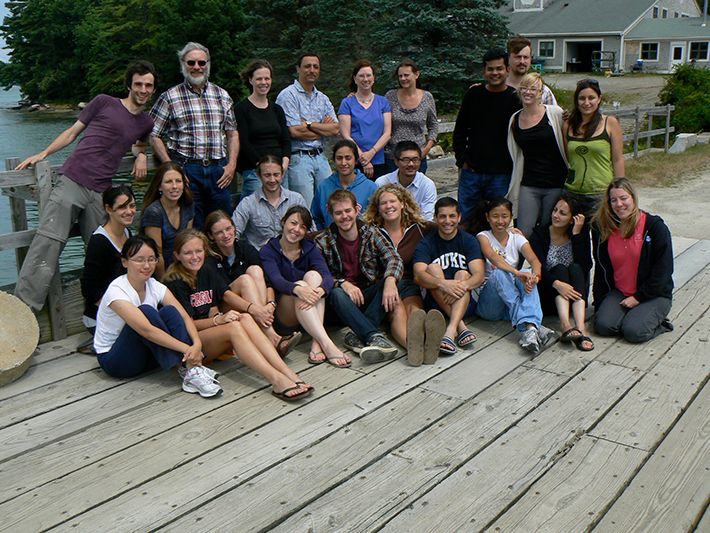
Calibration/Validation Course Partnership
Since July 2011, Jeremy Werdell (616) and Ivona Cetinić (616/MSU) have co-instructed the biannual NASA-sponsored summer course conducted at the University of Maine’s Ira C. Darling Marine Center titled “Calibration and Validation for Ocean Color Remote Sensing.”
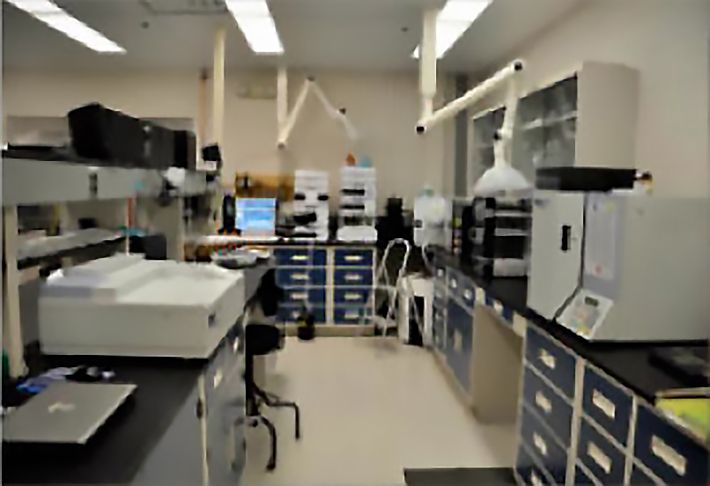
Field Support Group/HPLC Chemistry Laboratory
This laboratory consists of two rooms, the main laboratory which includes an interior room dedicated to the HPLC sample processing, and a separate room for the freezers.
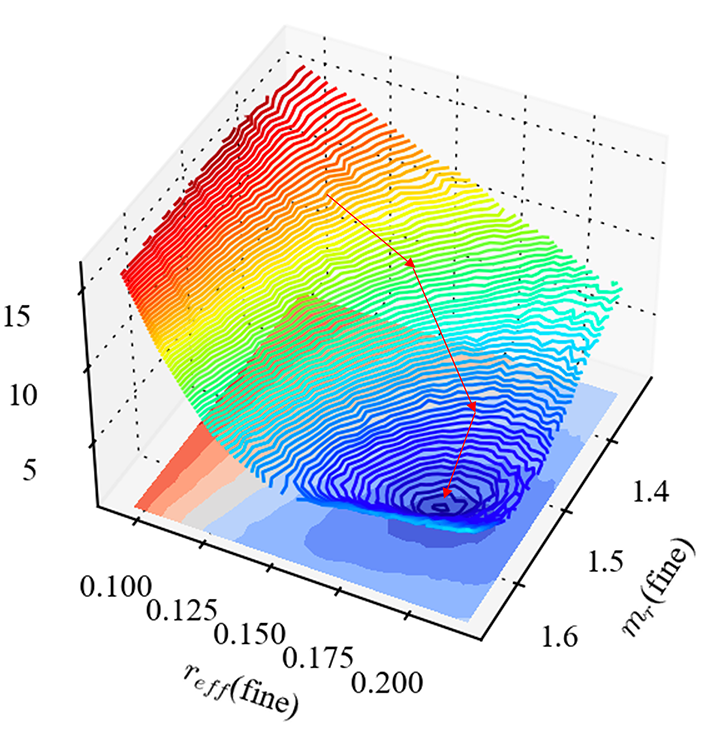
Novel Data Analysis Development
Beyond its role in regular satellite data processing, the Ocean Ecology Laboratory develops new techniques for the analysis of satellite data. This includes exploitation of new types of remote sensing data (hyperspectral, multi-angle, polarimetric) for the observation of the atmosphere and ocean.
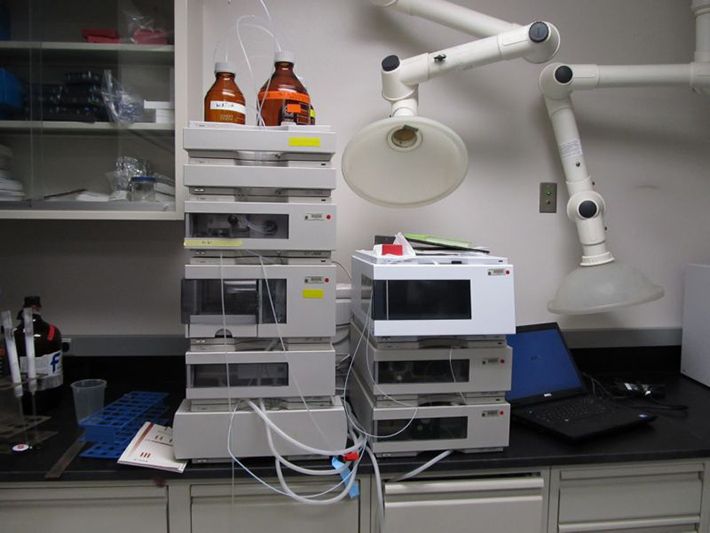
Ocean Biogeochemistry Laboratory
An ocean biogeochemistry laboratory was constructed for Dr. Antonio Mannino in 2002 in GSFC. The focus of the research is to study the distributions, sources and sinks of dissolved (DOM) and particulate organic matter (POM) in the ocean to enhance our understanding of carbon cycling. A primary objective is to link the optical properties of DOM and POM (such as absorption, scattering and fluorescence) to carbon in the ocean to be able to examine the carbon cycle using ocean color satellite measurements.
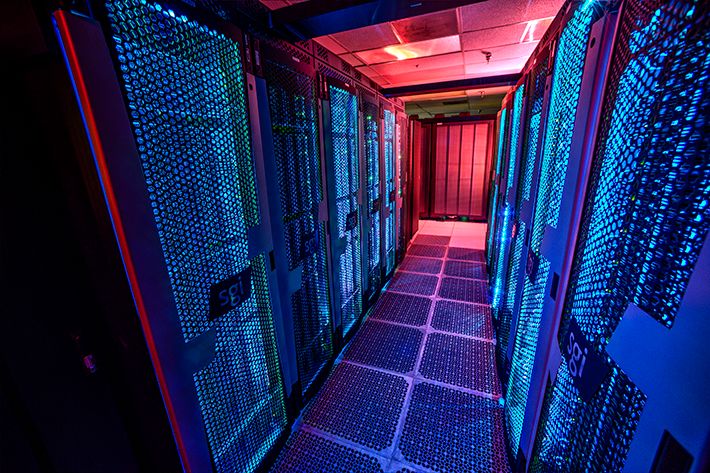
Ocean Biogeochemical Modeling
Ocean biological constituents represent some of the most diverse ecosystems on the planet. The uptake, cycling, and transformations of carbon and nutrients by biological systems is important on many levels to understand the processes involved in phytoplankton distributions in the oceans, and how they affect and may be affected by climate. Ocean biogeochemical models provide a venue to assess variability and trends in the ocean from nutrients to the phytoplankton community and the global carbon cycle.
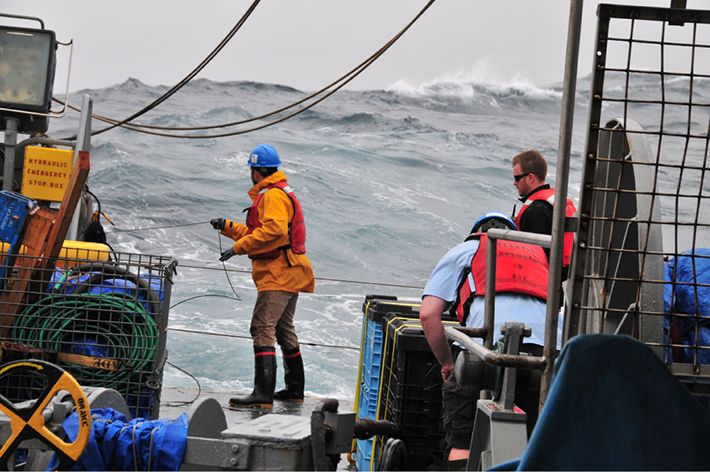
Ocean Field Work
The OEB maintains an on-site Field Laboratory for biological, biogeochemical, and interdisciplinary ocean research. Through this laboratory, the OEB sustains a cooperative field program mandated with advancing state-of-the-art in- and above-water optical and biogeochemical measurements, which are critical for the calibration and validation of satellite radiometry and for refinement of ocean color algorithms, and working within a global network of partnerships where international expertise can be shared and distributed.
